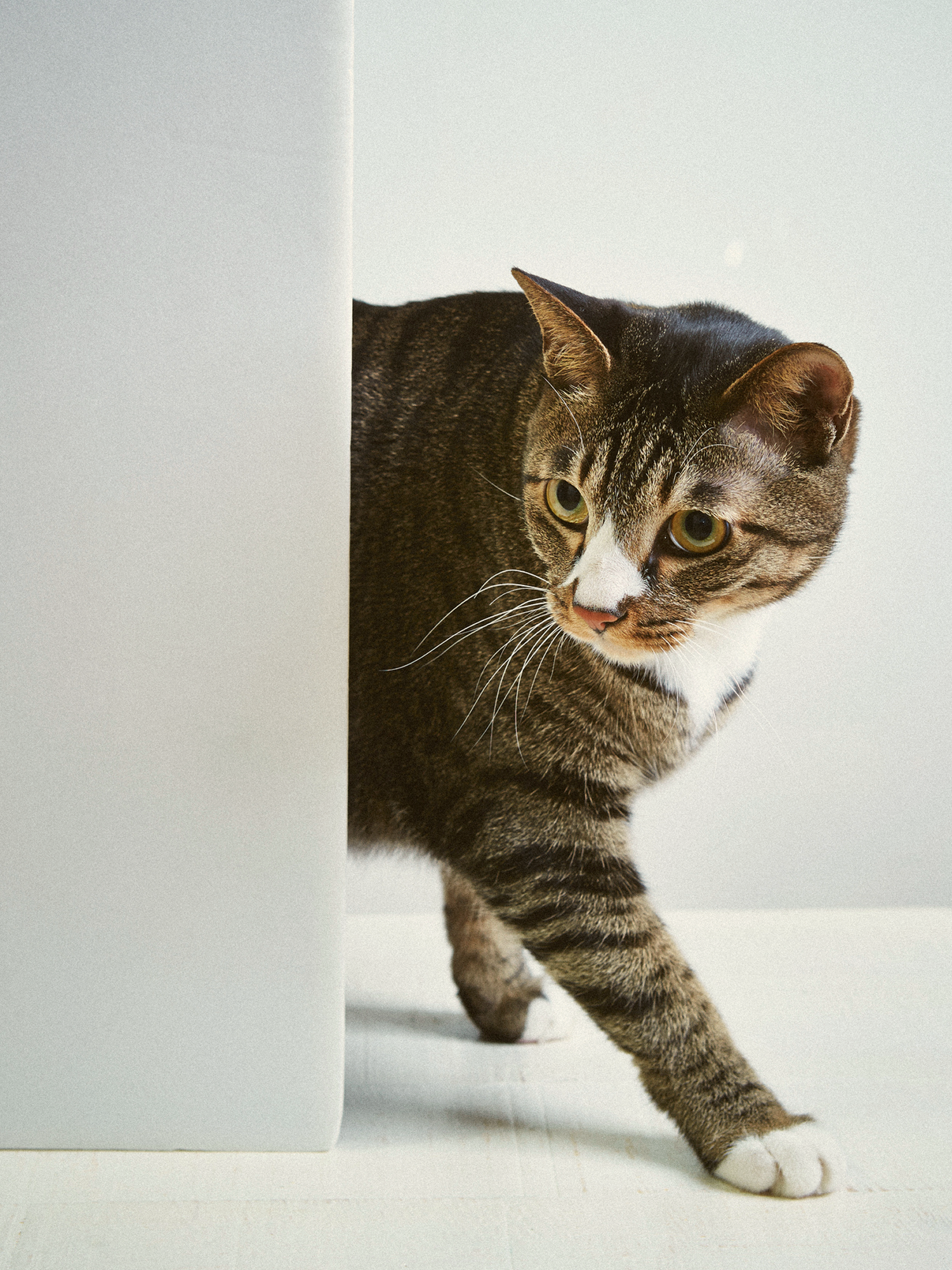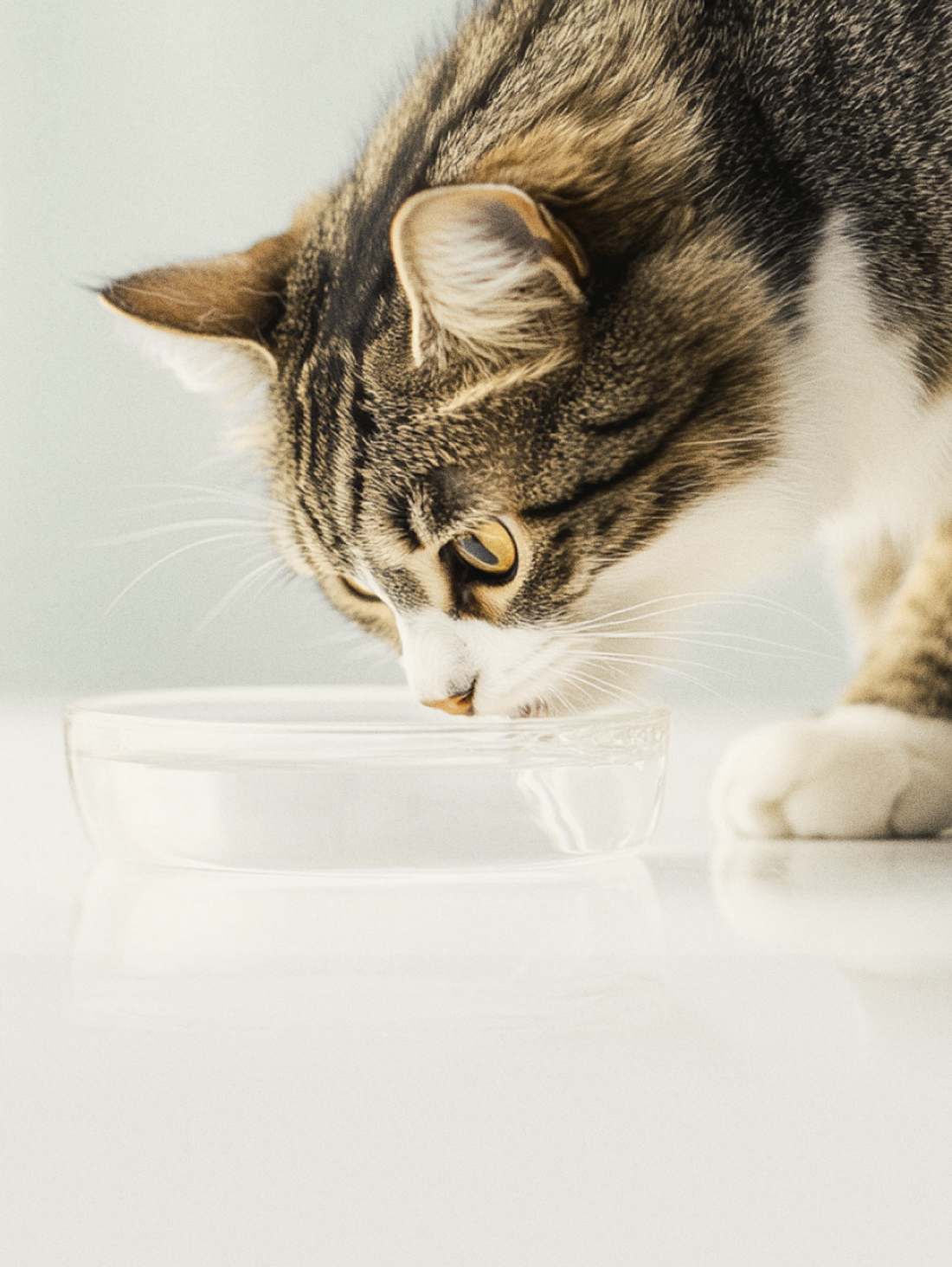Mobility
Why is mobility essential?
Prevent joint pain from developing
Support their energy and vitality
Strengthen their muscle mass
Understanding mobility importance.
Mobility issues often appear gradually
Changes in movement, hesitation to jump or climb, or stiffness after rest can be subtle at first. Many pets adapt their behavior to discomfort, making it harder to spot early signs of joint trouble.
Age isn’t the only factor
While mobility naturally declines with age, it’s not the only cause. Weight gain, lack of activity, or previous injuries can all contribute to reduced flexibility and comfort, even in younger pets.
Movement matters for long-term health
Staying active supports joint health, muscle tone, and emotional well-being. Helping your pet move comfortably means more than reducing pain it protects their independence and quality of life.

How do mobility issues affect your pet's behaviour and health?
Reduced activity and play
Reduced activity and play
Stiffness or joint discomfort often leads pets to move less, avoid play, or stay in one spot. Over time, this limits stimulation and affects their overall energy and mood.
Subtle changes in posture or movement
Subtle changes in posture or movement
You may notice hesitation when jumping, slower movements, or limping. These small signs often indicate discomfort that’s easy to overlook but impacts daily comfort.
Loss of confidence and independence
Loss of confidence and independence
When moving becomes painful, pets may become more withdrawn, anxious, or even reactive. Supporting joint health helps them stay mobile and feel more like themselves.




